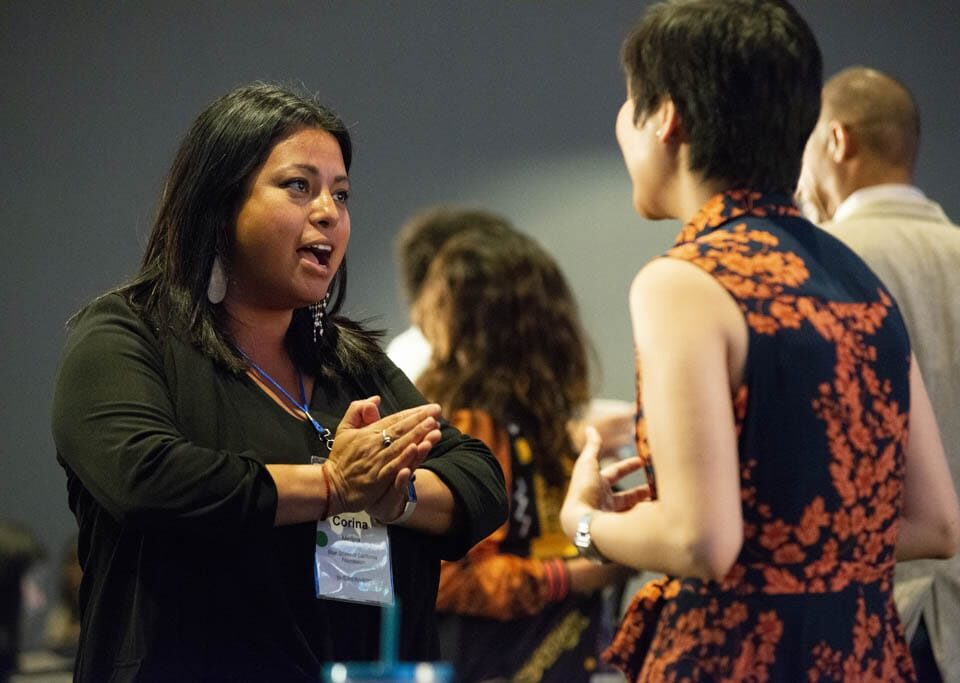Interested in supporting GEO?
Reach out to our Membership and Development team.

General Operating and Program Support
- Angell Foundation
- Bainum Family Foundation
- Barr Foundation
- Blue Shield of California
- The California Endowment
- California Health Care Foundation
- Conrad N. Hilton Foundation
- The David and Lucile Packard Foundation
- Deaconess Foundation
- Dogwood Health Trust
- The Dyson Foundation
- Elmina B. Sewall Foundation
- Evelyn & Walter Haas Jr. Fund
- Ford Foundation
- Fund for Shared Insight
- GHR Foundation
- The Harry and Jeanette Weinberg Foundation
- IF, A Foundation for Radical Possibility
- Jessie Ball duPont Fund
- John D. and Catherine T. MacArthur Foundation
- Kenneth Rainin Foundation
- The Meyer Foundation
- Michigan Health Endowment
- Missouri Foundation for Health
- Moses Taylor Foundation
- Robert Sterling Clark Foundation
- Robert Wood Johnson Foundation
- The Skillman Foundation
- Surdna Foundation
- Tides
- Weingart Foundation
- William and Flora Hewlett Foundation
- Woods Fund Chicago
- WITH Foundation
- W.K. Kellogg Foundation
2025 Learning Conference Sponsors
- a)plan coaching
- Ascendium Education
- BDO
- bi3
- Blue Cross and Blue Shield of North Carolina Foundation
- Bonterra
- Bush Foundation
- Camber Foundation
- CareQuest Institute for Oral Health
- CBIZ
- Community Foundation of Louisville
- Community IT
- Cypress Fund
- Democracy Fund
- Dogwood Health Trust
- The Duke Endowment
- Engage R+D
- Equal Measure
- Ewing Marion Kauffman Foundation
- Fidelity Charitable
- Foundation for the Carolinas
- Grace Communications Foundation
- The Guido A. and Elizabeth H. Binda Foundation
- Health Forward Foundation
- Hollingsworth Funds
- HopeLab
- Humanity United
- John Rex Endowment
- Kate B. Reynolds Charitable Trust
- The Kresge Foundation
- Laughing Gull Foundation
- The Leon Levine Foundation
- The Lift Fund
- Lumina Foundation
- Marguerite Casey Foundation
- Mary Black Foundation
- Mary Reynolds Babcock Foundation
- McKnight Foundation
- North Carolina Community Foundation
- Oak Foundation
- OMNI Institute
- ORS Impact
- Resilia
- ResultsLab
- SB & Company
- Sertus Partners
- Sisters of Charity Foundation of South Carolina
- The Schott Foundation for Public Education
- Social Insights Institute
- Triangle Community Foundation
- Tzedek Social Justice Fund
- Walton Family Foundation
- Westfuller Advisors
- The Winston-Salem Foundation
- Z. Smith Reynolds Foundation
